Chickadee: Description, Types, Pictures, & Fun Facts
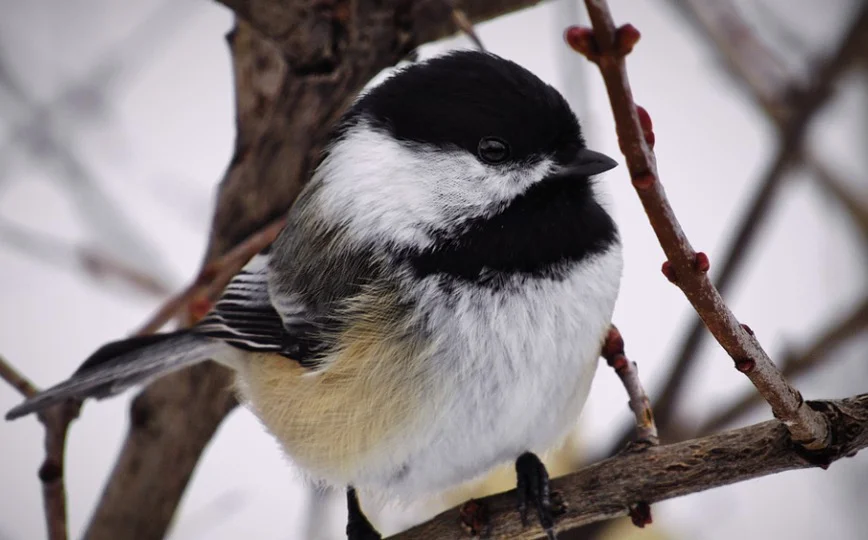
Table of Contents
Scientific Classification of Chickadee
- Kingdom: Animalia
- Phylum: Chordate
- Class: Aves
- Order: Passeriformes
- Family: Paridae
Location of Chickadee
- Central America
- North- America
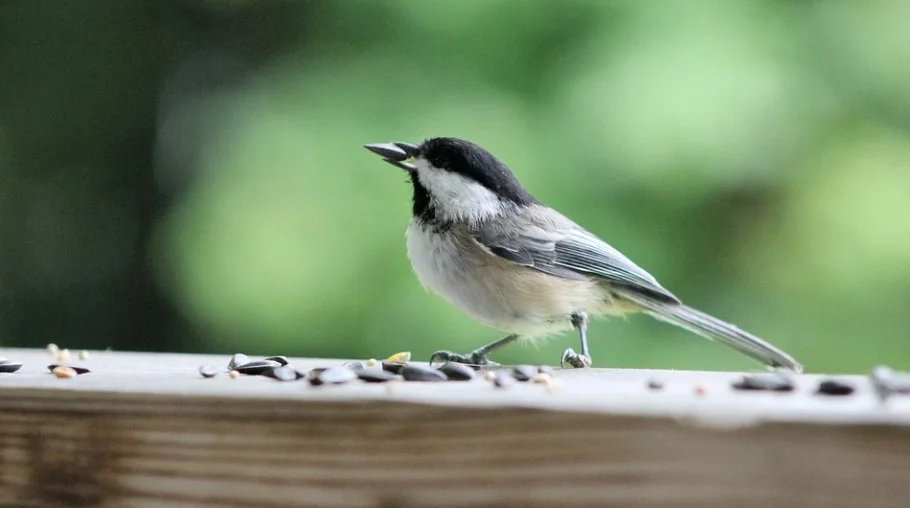
Chickadee Description
Chickadees are native to North America. They are feeder birds. Across North America, the basics are very common and can be spotted in backyards. They make sounds and songs such as “fee-bee” and “chick-a-dee-dee-dee”. They have whiten and black markings, which are distinguishable features of these birds.
Four Amazing Facts About Chickadees
• An alarm call is used by chickadee, which sounds like “chick-a-dee-dee-dee”. The meaning of this call is understood by other birds also.
• The ‘dee’ sound may vary in numbers in their call. They use it for the identification of their predators.
• In North America and Eurasia, the chickadee can be seen easily. However, they are also known as the Siberian tit.
• The chickadee builds a new nest at the beginning of each mating season and unlike other birds, they do not use the old nest for each brood.
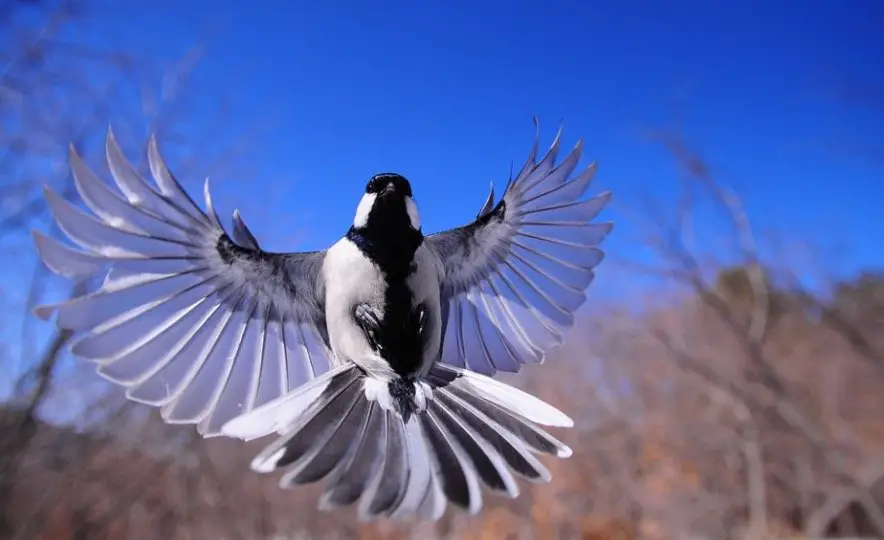
Distribution of Chickadees
Chickadee is native to North America where they are very common. In North America, the birds are found from the east coast to the west coast and can be seen from Canada to Mexico. Mixed deciduous and coniferous forests are the favorite habitats of this bird but they can also live easily in parks and neighborhoods.
The species named black-capped chickadee lives in the regions of Northern United States is occupied by Carolina chickadees. The mountain in Canada, boreal chickadees found and the pacific coast is occupied by the chestnut-backed chickadee.
One species named the grey-headed chickadee is a Holarctic species thus the bird can be seen on northern continents of the world. The birds can be easily attracted in our backyards with the help of a seed feeder they can be also encouraged to form a nest nearby by mounting a birdhouse on a tree.
Nests of chickadee- Chickadee prefers to build their nests in tree holes, cavities, or other similar structures including a birdhouse, thus they are called cavity nesters. The location of their nest can be up to 15 feet high from the ground.
Often several nest sites were observed by them before selecting a final one. They prefer rotten wood or softwood to build their nest. It took time of several days. Each year, their nesting season occurs between April to June.
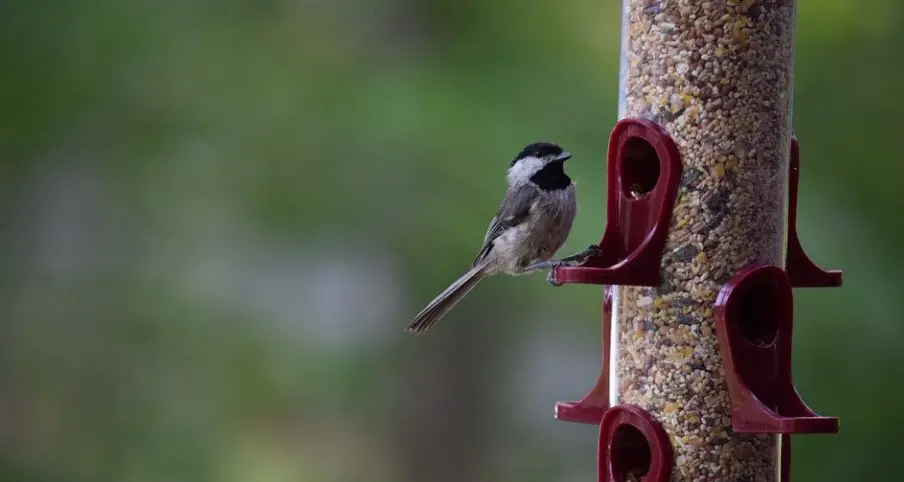
Chickadees Species
Total seven species of chickadee reside in the regions of North America. The genus Poecile is included in the family Paridae, and order Passeriformes. Some members found in Europe also look similar to the species but unlike chickadee, these species are known as titmice or tits.
The most common species of chickadee are as follows-
- Black-capped chickadee (Poecile atricapillus)
- Boreal Chickadee (Poecile hudsonicus)
- Carolina chickadee (Poecile carolinensis)
- Chestnut-backed Chickadee (Poecile rufescens)
- Grey-headed chickadee (Poecile cintus)
- Mexican Chickadee (Poecile ssclateri)
- Mountain Chickadee (Poecile gambeli)
Besides these species, 8 tits are also included in this genera, thus it contains a total of 15 species.
Size, Appearance, and Behavior of Chickadees
The size and appearance of all the species are different. Brown color with black or pink spots is a common color in species. The black-capped chickadee is one of the most common species of the chickadee. The length of the bird is up to 5 inches.
The bird gets its name due to a dark cap and bib. Some prominent reddish-brown markings are present in a few species including chest-nut-backed chickadee. The smallest species has a length of around 2.4 inches.
Chickadee gathers in small groups during the season of August to February. Sometimes other birds such as nuthatches, tufted titmice, and woodpeckers also join these flocks. During spring when the couple mates and engages in parenting.
They break away from flocks. They are non-migratory organisms that always live near their breeding grounds. The bird uses their feathers to regulate their body temperature. They fluff them during cold weather to restrict the flow of blood near the skin.
The birds enter a torpor state to ensure survival on very cold nights. When the body temperature drops by about 10 degrees and the metabolism slow down, this stage is known as torpor. The stage is also called frozen and they rise after rising temperature.
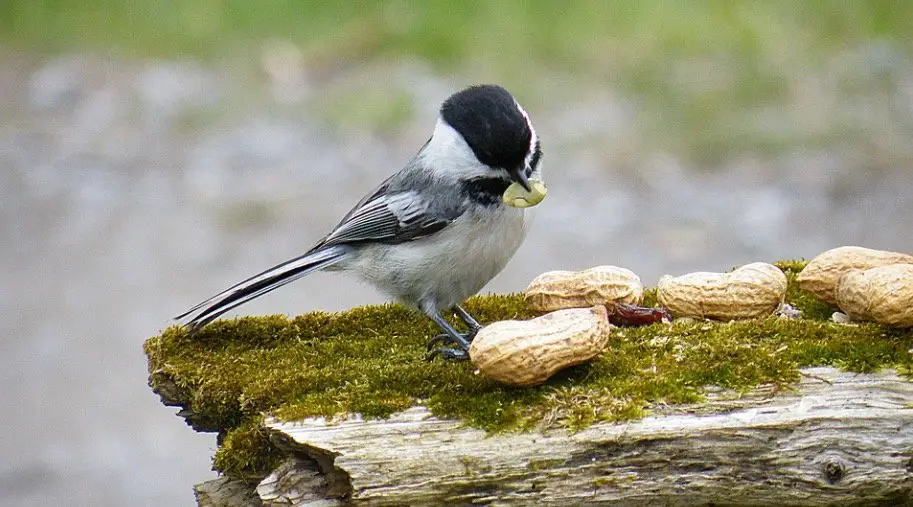
Diet of Chickadee
The chickadee has a varied diet thus they are a sure bet for a bird feeder. Caching is a unique behavior shown by the birds. The term caching means storing food under twigs or crevices and get return it after a month.
Bird guilds were formed sometimes by chickadee with other bird species. The hunting methods are quite different in all birds thus they get along. When they get a testy bite, they get excited and further concentrate on their location.
What does Chickadee Eat?
Seeds, insects, and berries are the preferred food of chickadees. Insect’s larvae and eggs are also eaten by them during their breeding season. They prefer to eat food rich in insect protein that makes 80% of their diet.
What Eats Chickadees?
The bird has several predators. They are hunted by birds of prey and eat are also major predators of the chickadee.
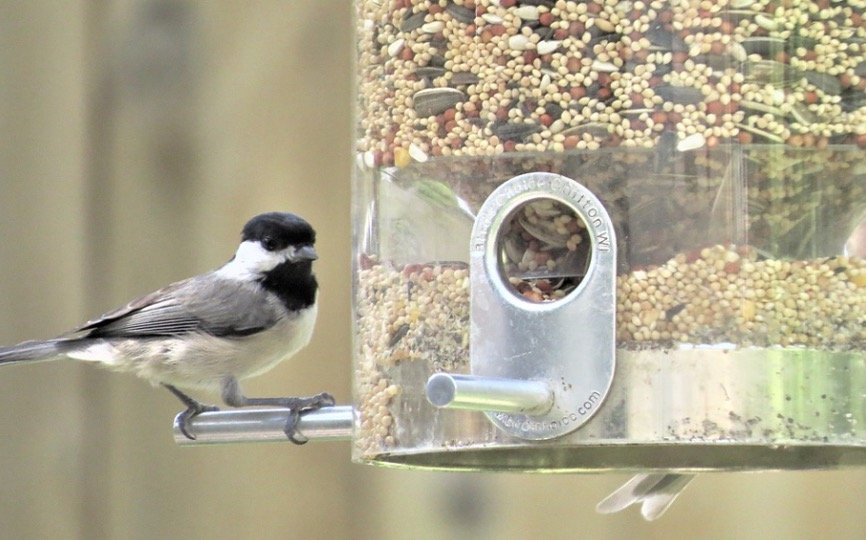
Reproduction, Babies, and Lifespan of Chickadee
Chickadee does not show any courtship ritual bit the males are territorial and chase away other males from their territory. Around six to eight white, speckled eggs were laid by females. The incubation period is of 12 days when feeding her.
After the eggs hatch, the female warms them continuously for some days. The babies are raised by both parents. The baby leaves the nest after 16 days. However, their survival rate is very low and only 2 percent of birds can survive.
The lifespan of the bird is up to two or three years. Some bird was recaptured after nine years. And it was banded at the age of two years it lives for eleven and a half years. Predators and threat of chickadee.
The size of the chickadee is very small thus it is threatened by several predators such as shrikes, hawks, and owls that are major predators of the birds. Tree climbing mammals including eats and raccoons feed on eggs and babies of the bird.
Snakes also feed on their eggs. To avoid predation, the birds choose multiple nesting sites and build their nests at some distance.
Population of Chickadee
However, the exact population of several species is still unknown. In recent years, backyard birds were counted and it revealed that the population is rising. The West Nile virus causes a decline in their population. The Status of the birds is not a concern because the conservation status of the chickadee is still unknown or unlisted.









